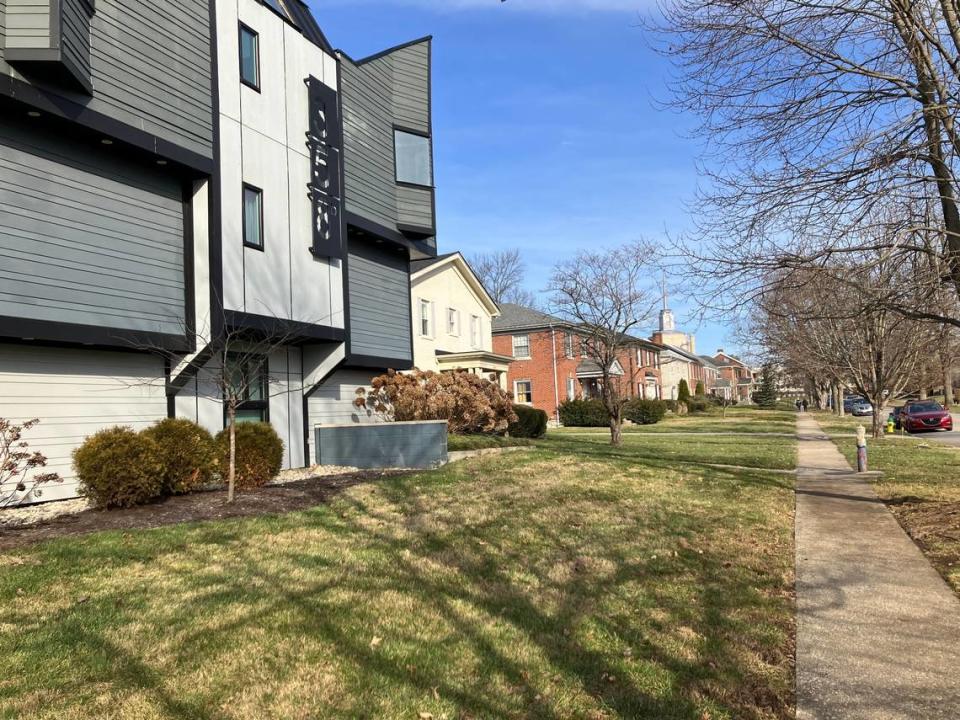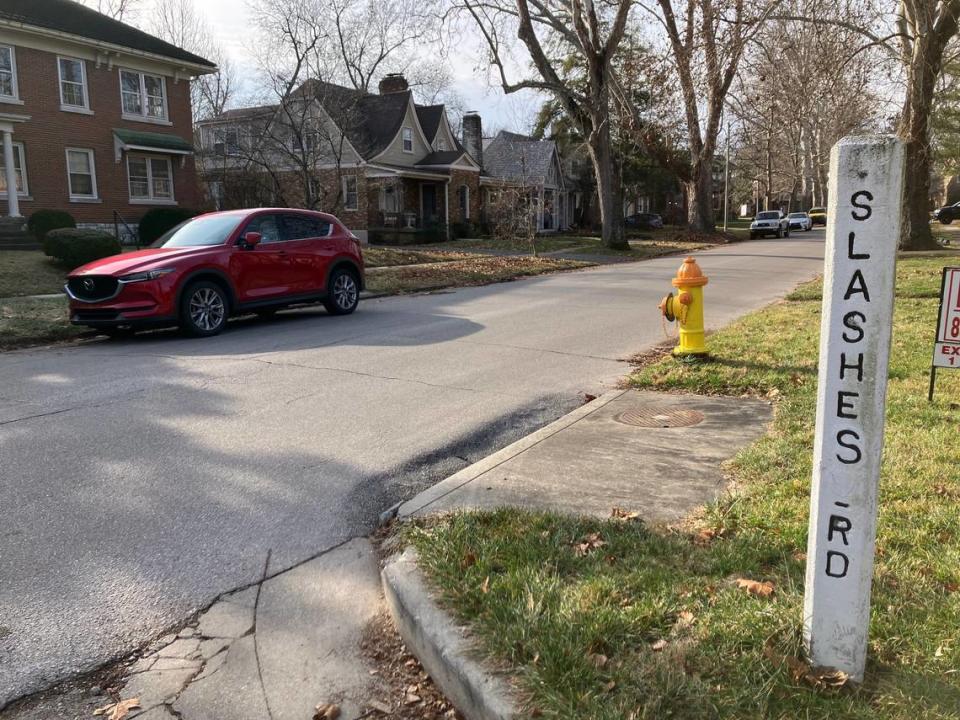Will an overhaul of Lexington’s zoning create more affordable and workforce housing?
A proposed overhaul of Lexington’s zoning ordinances would make it easier to build more housing types and create more affordable and workforce housing, city planners say.
The Urban County Planning Commission voted in December for the changes that include slashing mandatory setbacks in some residential zones, allowing apartments in one business zone and tweaking incentives to allow more affordable housing, among other changes.
It’s the most substantial change to the city’s zoning ordinance since 1983.
The zoning text amendment, or ZOTA, will come before the Lexington-Fayette Urban County Council Tuesday. The council can pass the zoning text amendment or refer it to a council committee.
The change is part of a multi-year effort to update the city’s zoning ordinances for a more compact, walkable and equitable city that uses space wisely. The city has already nixed parking minimums — or requiring a certain number of parking spaces depending on the size of development — and made changes to make it easier to build accessible dwelling units, like granny flats or detached tiny homes.
The city’s current zoning code was first implemented in 1983 when land was plentiful and cheap. That’s no longer true.
“Lexington can’t afford to build the way it did for the next 20 years the same way it did the past 20 years,” said Hal Baillie, a senior planner who is working on the ZOTA.
Single-family homes were once seen as starter homes. Due to rising costs of land and construction, condominiums and townhouses are now many homeowners’ first purchase, said Baillie.
Yet 42% of all the residential zoning in Lexington is for single-family homes. Lexington also has a workforce housing crisis (sometimes referred to as the “missing middle housing”) for people who make more than was typically considered “affordable housing” but spend between 30 and 50% of their income on rent or mortgages, according to multiple studies, renters and developers.
The changes to the residential zones will also hopefully allow for more people to live in more desirable neighborhoods. Different types of housing, rather than just one, allows for greater income mixes and for many seniors to stay in the same neighborhoods.
Some of Lexington’s most desirable neighborhoods — Chevy Chase, Kenwick, Mentelle Park — have a mix of townhomes, single-family homes and apartments. Those neighborhoods were developed prior to the current zoning ordinances.

Under the proposed changes, affordable housing developers can go up to a denser zone, allowing for more compact development. For example, an affordable housing development that would be an R-3 would be allowed to go up to a larger R-4 status.
That increase in density will also help developers cut costs by getting more units on a parcel. There would be deed restrictions on the property to make sure the rental or sale properties remain affordable for 10 years, Baillie said.
It’s called a density “bonus” for those that provide both affordable and workforce housing. It’s the first time city zoning ordinances incentivize affordable housing through its code.
Some of the proposed changes to the residential zones include:
Allowing more types of housing in the R-2 zone, typically referred to as the townhouse zone. It is one of Lexington’s least-used zones.
Requiring different housing types for the R-4 zone, which is typically large apartment complex. Apartments will still be allowed but for every five units there must be a different type of housing. For example, a development could include both apartments and townhouses or condos.
Creation of a “corridor node” zone for high-density residential that includes some mixed use. This would be for developments around the city’s major corridors such as Nicholasville and Harrodsburg roads. Developments like The Hub, a large private student apartment complex on Virginia Avenue and Nicholasville Road, would be the type of development on a corridor node zone.
Some of the proposed changes for the business zones include:
Doing away with drive-thrus and gas stations in the B-1 zone, one of the primary commercial zones.
Allowing some multi-family developments, such as apartments, in the B-3 zone, another major business zone.
The changes to the B-3 zone will also have distance requirements for gas stations, pawn shops and car lots, and limitations on paved surfaces.

What do neighborhoods and developers say?
Nick Nicholson, a land use lawyer who frequently represents developers in planning cases, said many of the proposed changes in the zoning ordinance are in line with what developers and the market have wanted for years.
To get more housing, more housing types need to be allowed in more zones, Nicholson said.
Yet, the zoning changes still allow intact neighborhoods to remain.
“We will see a bunch of duplexes built in Firebrook? No,” Nicholson said.
Walter Gaffield, president of the Fayette County Neighborhood Council, a neighborhood consortium, said there are still concerns about how the new zones will affect neighborhoods. The neighborhood council is still reviewing the changes, which are complex, he said.
Gaffield said the neighborhood group is concerned about the density bonus for affordable housing and workforce development developers. The effort is admirable but the way the proposed zoning ordinance is drafted, developers could get that bonus for workforce housing as well. According to definitions, workforce housing could be as much as 120% of area median income or $107,000 for a family of four. Those density bonuses could be given without neighborhood or public input, he wrote in a letter to the council.
“The effect of a housing ‘bonus’ is to provide a zone change without citizen engagement and participation,” Gaffield said.
Gaffield said instead the city should look at providing lawyers for affordable housing developers and streamlining the zoning process for those who are building affordable housing not just workforce housing.
Other concerns from the neighborhood group include changes in the R-2 zone allow for too much density for some existing neighborhoods. The neighborhood council is also concerned about the proliferation of short-term rentals in some Lexington neighborhoods. The changes in the R-2 zone could make it easier for short-term rentals to enter those neighborhoods, the neighborhood council said.

